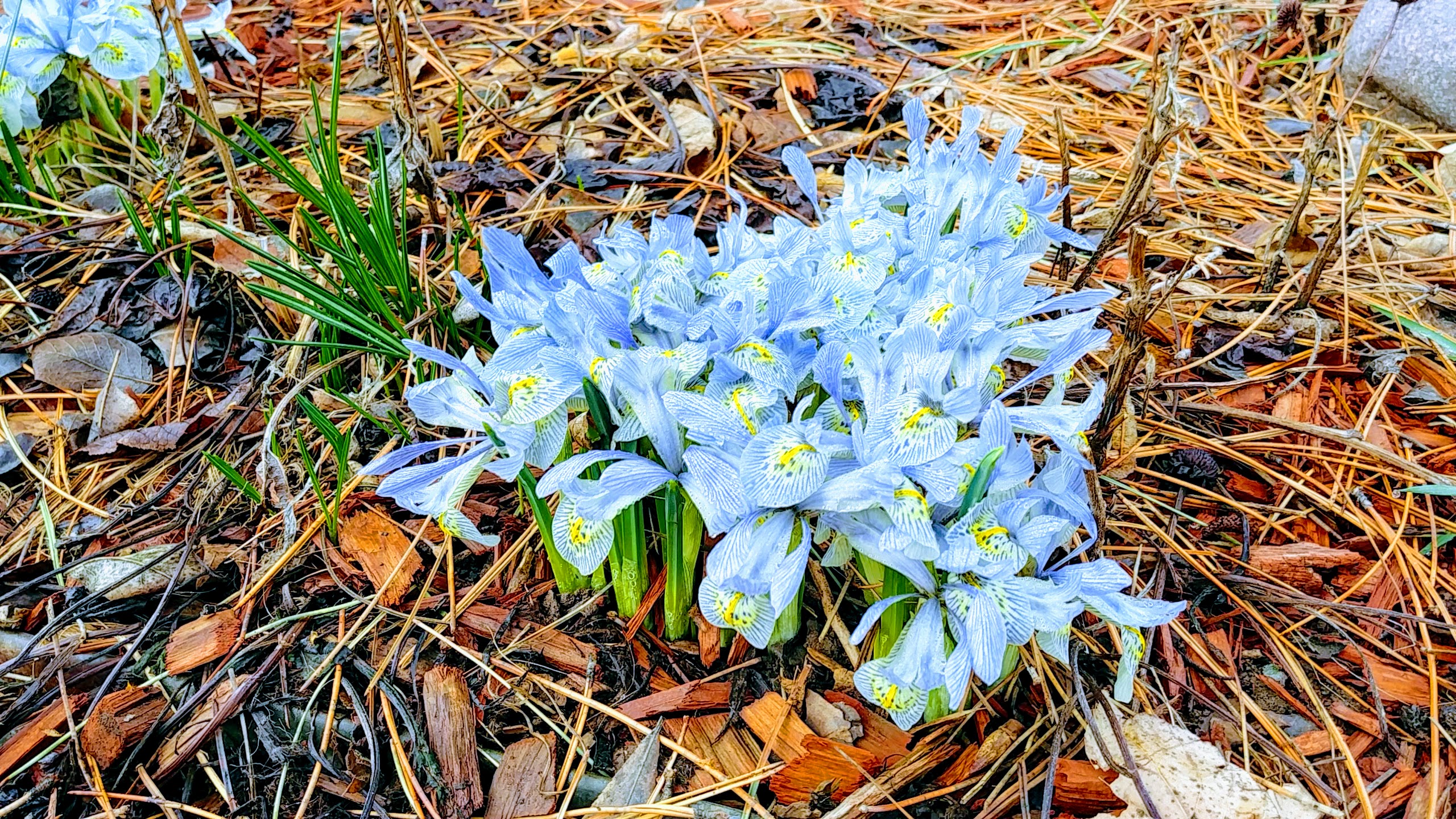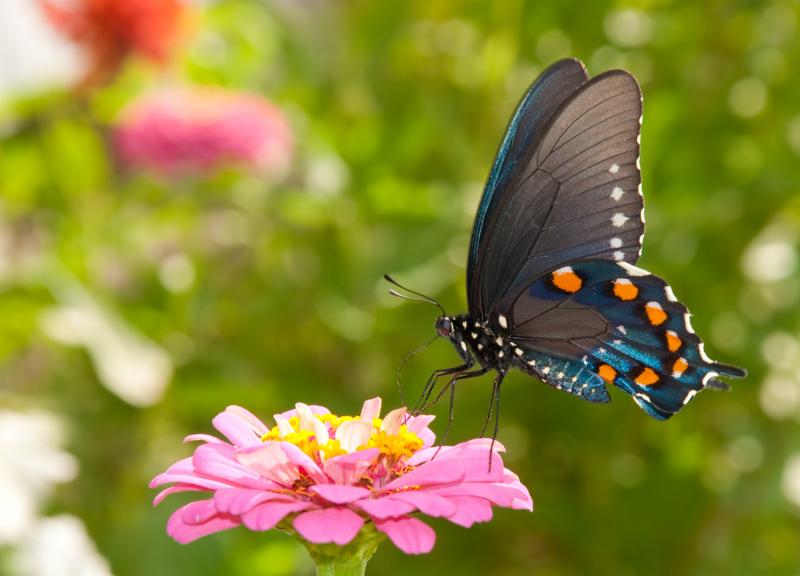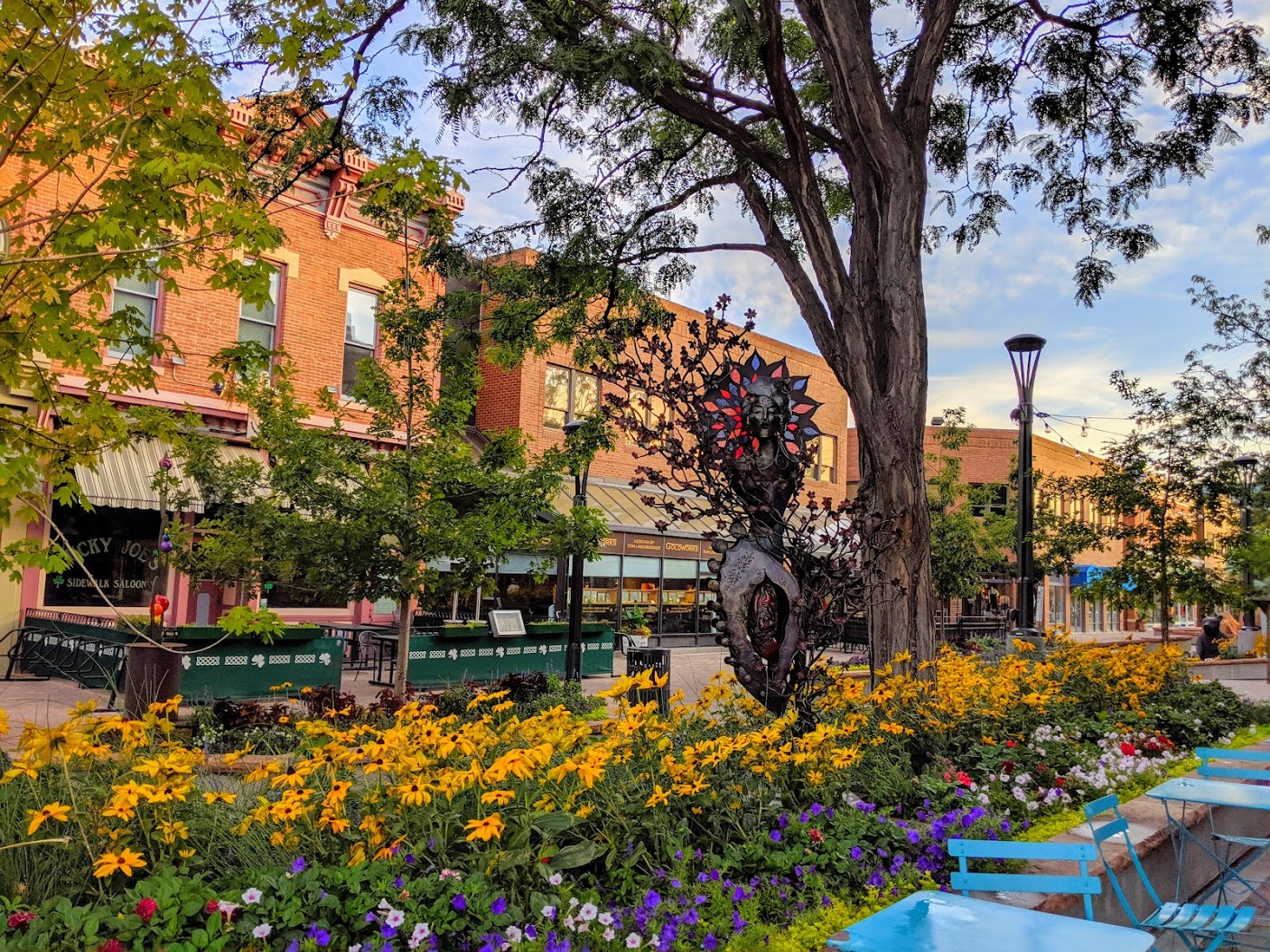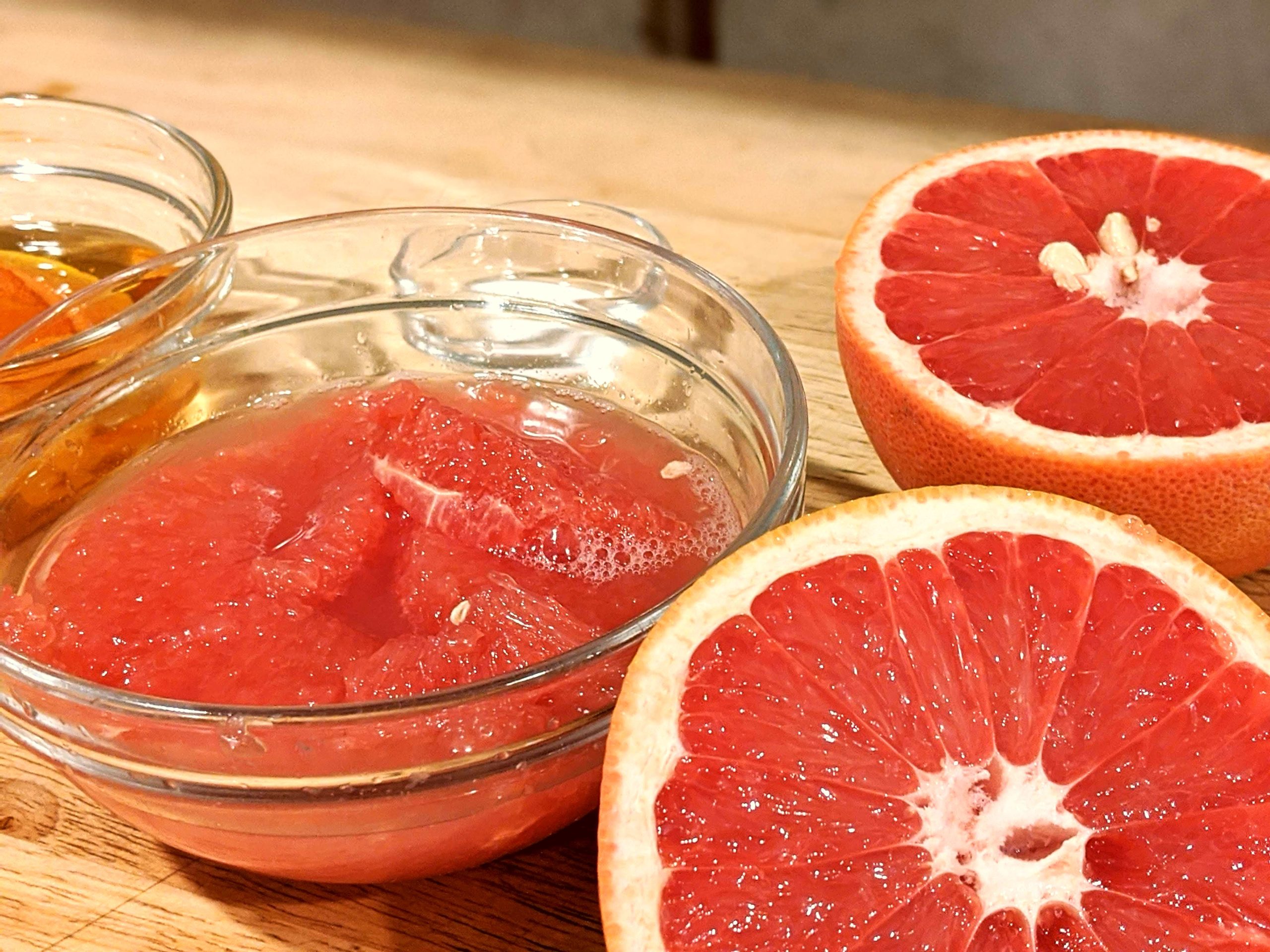
March is our wonderful and glorious harbinger of spring. Many look forward to seeing the first crocus peeping through the ground, feeling a warmer breeze, and perhaps listening to our favorite bird returning to our gardens. But how do the birds get to our garden? What can we do to ensure our garden space calls to migrating birds that we have food, water, and shelter? One way to do that is to create a pollinator and bird-friendly garden through different garden bird habitat programs.
This page contains Amazon or other affiliate links for products I highly recommend and for which I may receive a commission. There may be links to books that I have self-published. Thank you in advance for reading this article and for your support of my efforts!
My Experience in Starting a Micro Habitat Garden
Several years ago, I attended a program that a friend thought would be helpful to me as a beekeeper. We originally thought it was a gardening program for pollinators (bees) but it was something much more. It was a “train the trainer” presented by the Audubon Rockies to become a presenter for the Audubon Rockies Habitat Hero program. I had no idea of migratory flight paths, or the changes in our neighborhood landscapes when we primarily sow or lay green lawns. In many areas, less than 20% of home space is designated to trees, shrubs, and plants, and many of these are not native to the area. A good example of this is the huge Cottonwood tree in my backyard. I love this tree. It is over 40 feet high, a trunk circumference of at least six feet, and has a shallow root bed. In a state that gets less than 14 inches of water a year, I’m sure it is sucking up every drop of water in my yard.
Yet, there is something we can do at the micro level to build a better bird and pollinator environment. I learned we can create Habitat Hero gardens. We can take a small or large space, even a patio and create small spaces for birds to thrive and enjoy. I was hooked. I started a garden and became a trainer too.
Other Interesting Resources
Biggest Little Farm – A brilliant and highly-acclaimed documentary about a young couple, their struggles and successes in large scale regenerative farming
How We Grow – read about the inspirational young, small farmers who are practicing techniques in higher-level Colorado
How Bumble Bees Inspired a Network of Museums
How to Build a Backyard Butterfly Garden
Over the next year, we converted a small space in the front yard to a Habitat Hero garden. One might say, “that isn’t enough to make a difference!” But it is! Our primarily native plantings, natural coverings, and drip irrigation system, has not only brought birds and native bees right into our front yard, but the soil itself has also improved. Robins come and dig worms for their young and the sunflowers are great landing pads for different species. The small Habitat Hero garden is also a pausing spot for walkers to enjoy a bit of nature.
As we continued on our gardening journey, (plus becoming primarily plant-based) we learned more and more about how we can change and improve our garden to encourage diversity in our small space. We learned the importance of micro-habitats and regenerative farming practices to improve our symbiotic relationship with nature and the earth. The more we dug in to relearn the biodiversity and intertwining of our environment, we discovered more experts who are using similar ideas to not only create urban pathways for bees, but spreading knowledge through pop-up “pathway” mini-museums. There are many farmers in other states and in Colorado implementing regenerative farming techniques and bringing back practices from a century ago that have been almost forgotten. Barley farmers in Arizona creating new opportunities for new malters and breweries with local barley that is better utilizing the water from the precious Verde River. Colorado is bringing back local grains. Our Northern Colorado Beekeeping Association, People for Plants and Pollinators are supporting backyard beekeeping. And yet, one small patch can make a difference for the birds.
The US has experienced a massive change in available native plant habitat for migratory birds. Lawns and lawn care require resources that are becoming limited. Birds are required to keep nature in balance. Many people may not realize the honey bee was imported from Europe in the 17th century to America, but we have over 4,000 native bee species in North America that all contribute to natural pollination. Butterflies, moths, and birds are also natural pollinators. So, wow we do attract birds, butterflies, bees, moths, worms, and other layers of a diverse bio ecosystem into our yard?
What You Can Do to Create a Micro Garden Habitat
- Choose a current lawn spot to convert to a habitat garden. Large or small, it can make a difference!
- Plant natives. Even if your spot is a patio or business space, the Audubon Rockies Habitat Hero program has options for you!
- Partner with your local master gardener program, native plant society, or nursery to help with planting natives. Native insects eat native plants. 90 % of herbivorous insects can only eat the plants with which they co-evolved with.
- Balance planting for decorative value and food web value. Is your plant choice beautiful to your eye and also provide food in the food chain through caterpillars, nuts, seeds, berries, pollen, or shelter and landing pads?
- Think of yourself as a bird. Remember food, water, shelter. Just like us.
- Avoid pesticides and herbicides.
- Use natural ground covering. Avoid rocks that heat the soil and help precious water to evaporate.
- Be tolerant of caterpillars and leaf insects. A plant can support 30% leaf loss before the plant is damaged and munching caterpillar in the fall brings a happy moth or butterfly in the spring.
- Attend an Audubon Rockies Habitat Hero program in your area or, even better, present your new garden as a Habitat Hero garden for certification!
- Stay abreast of partnerships or projects to protect more migratory byways in the United States.








